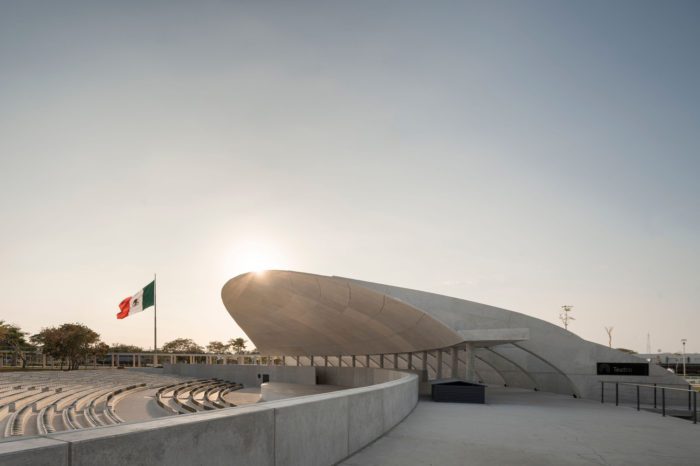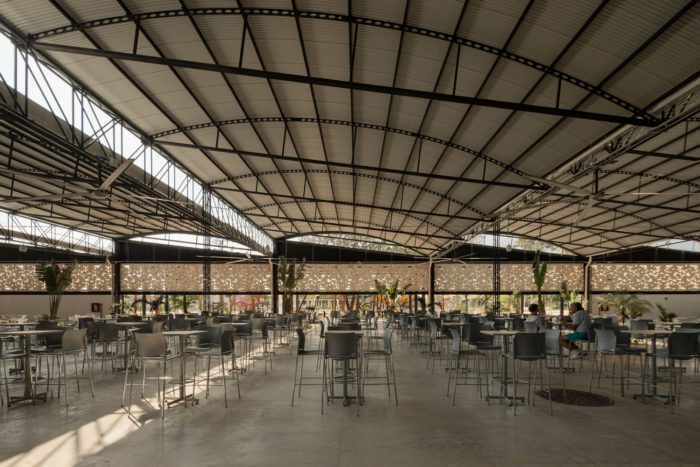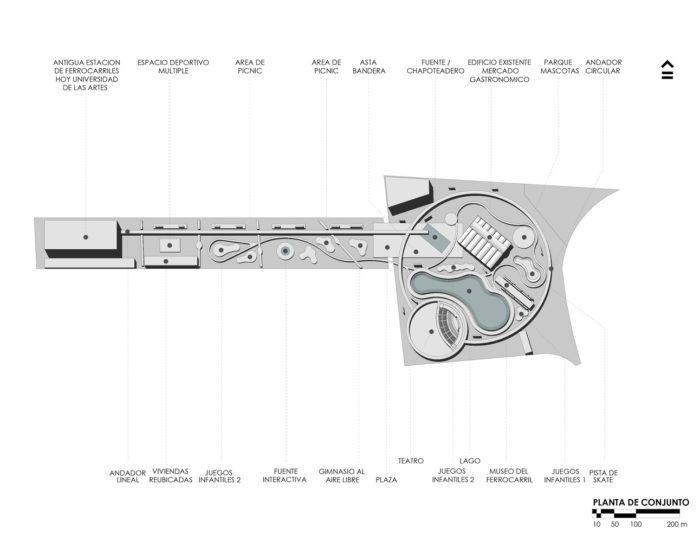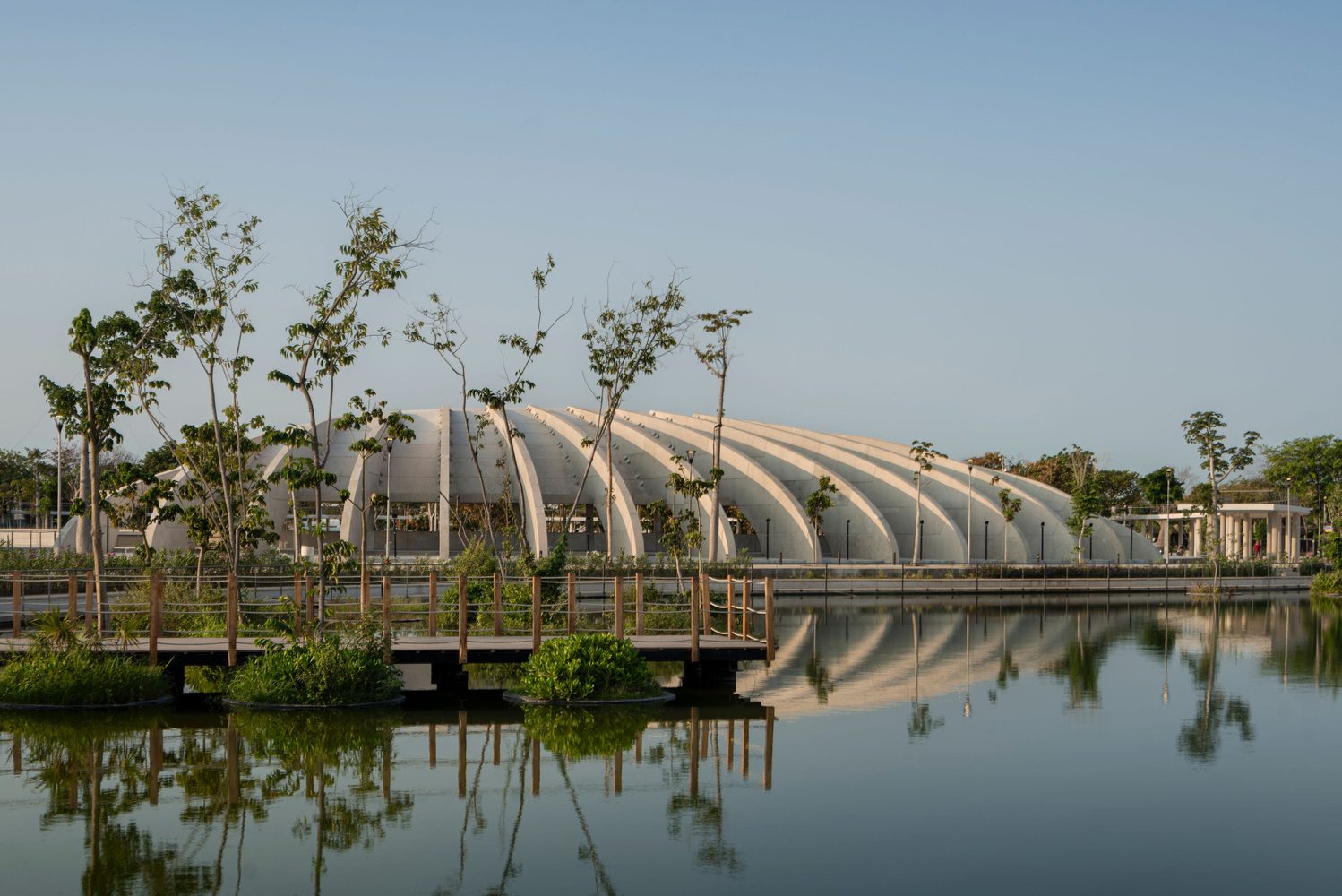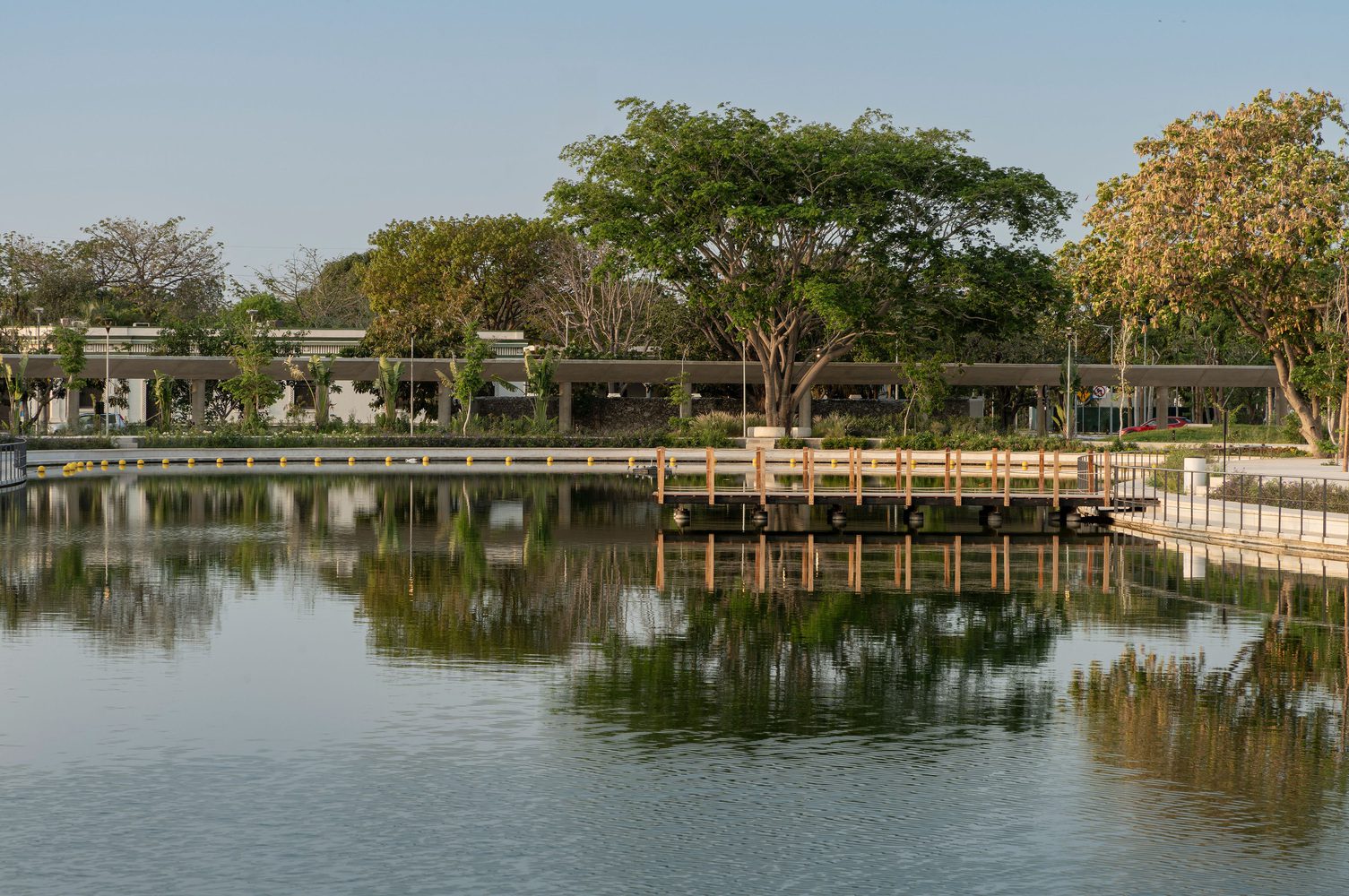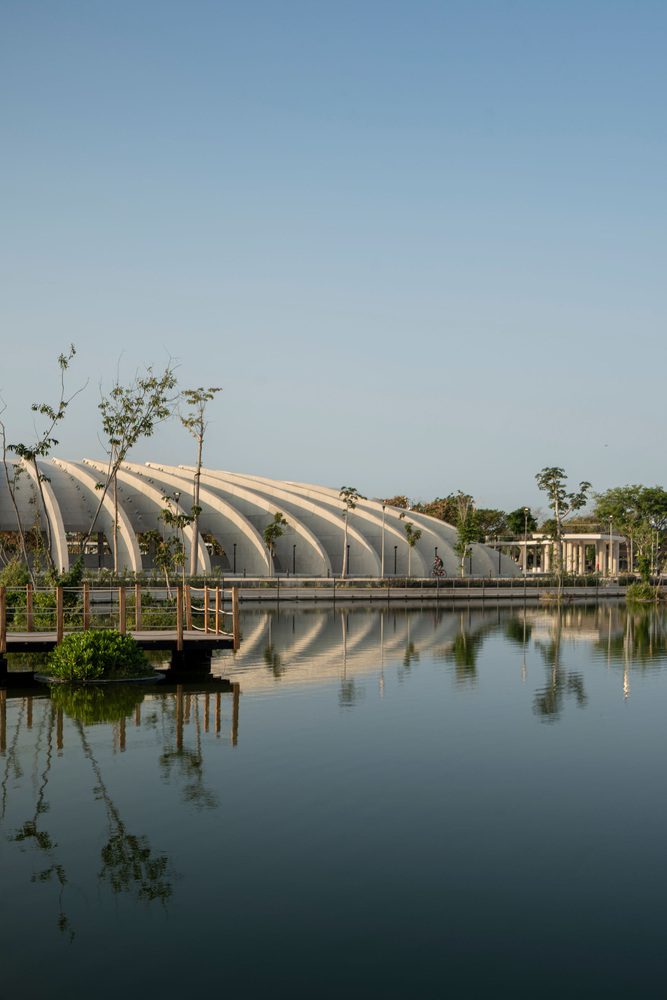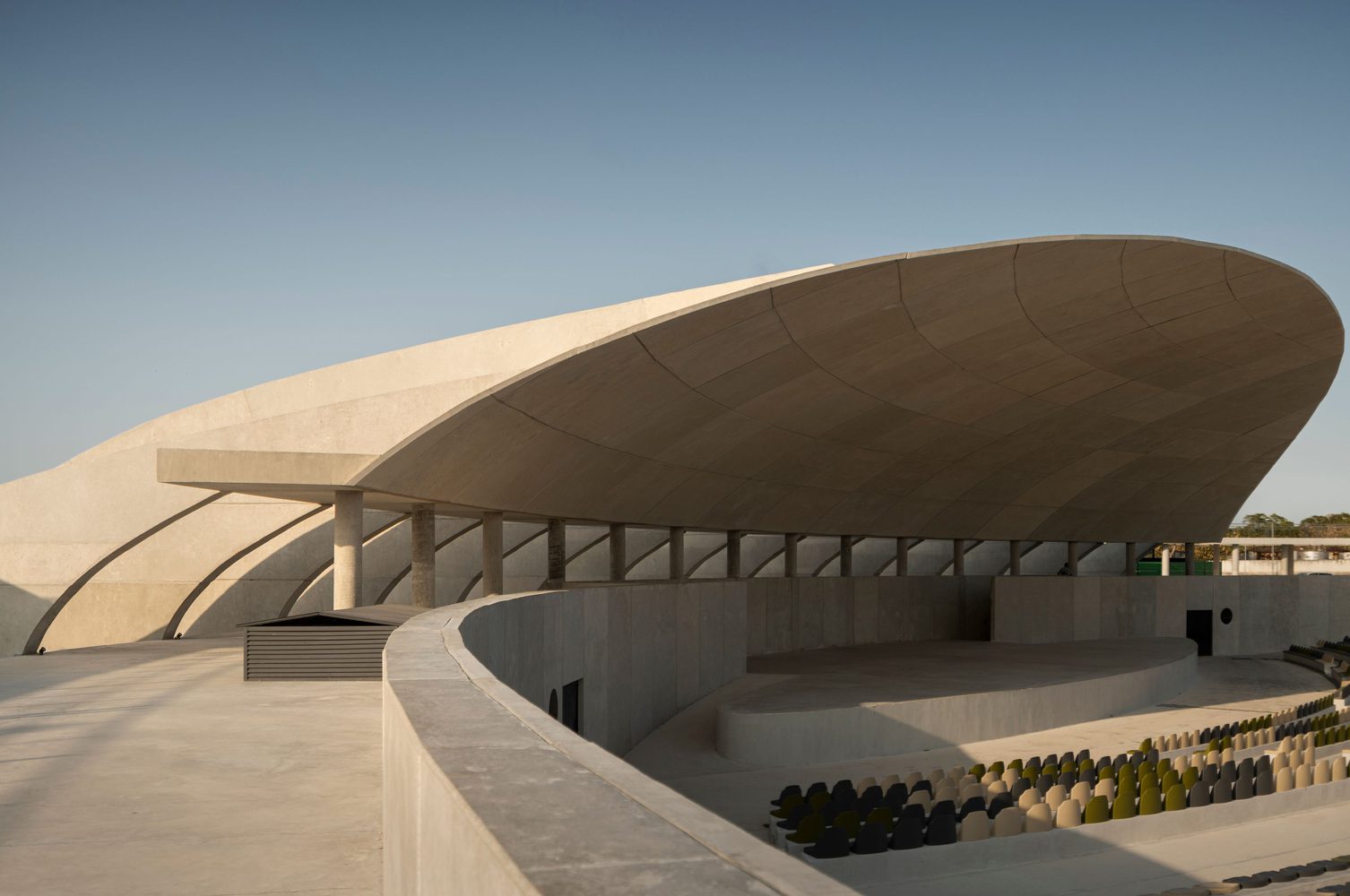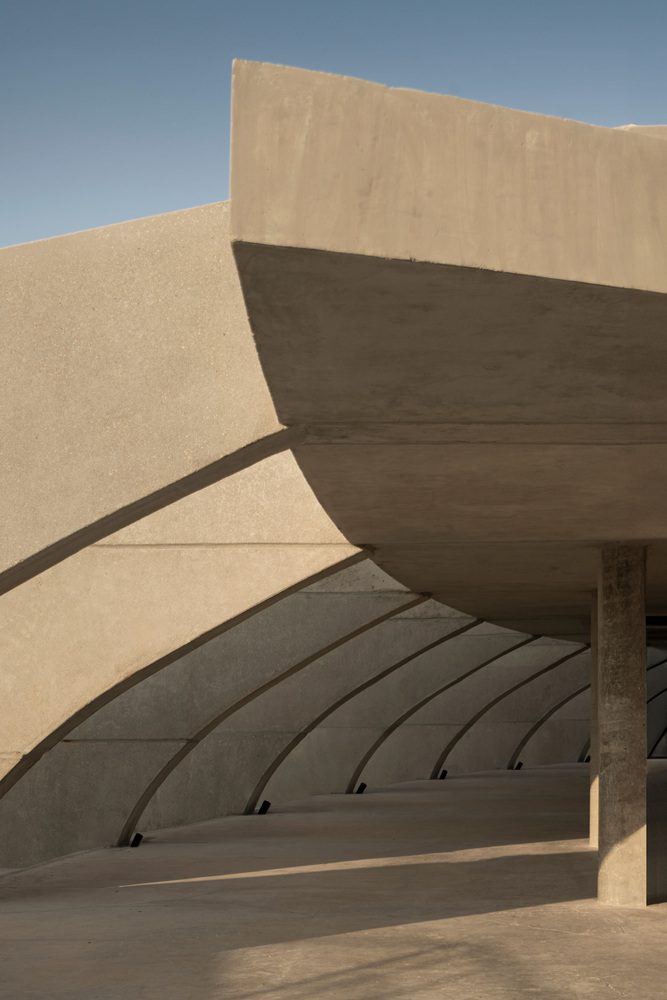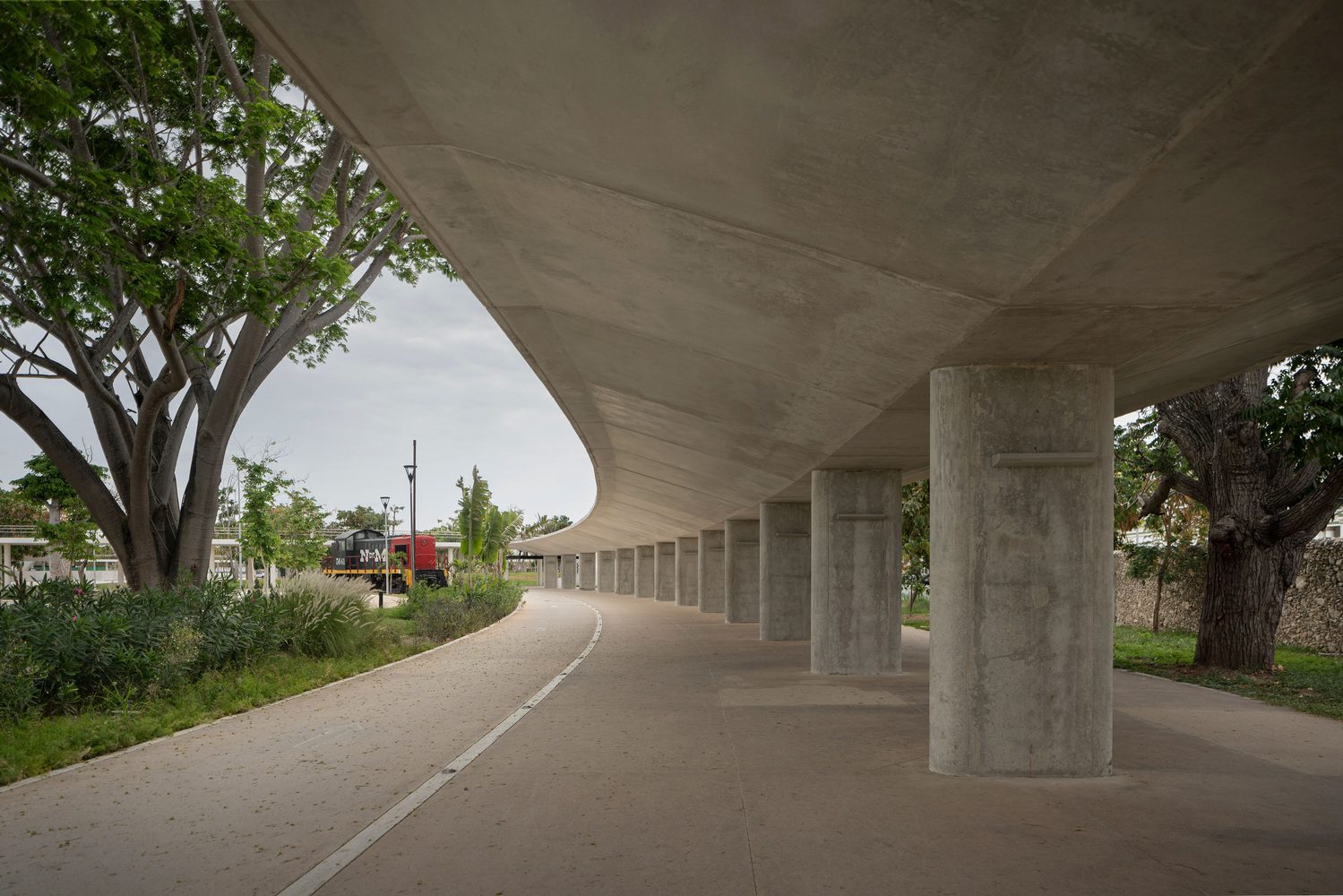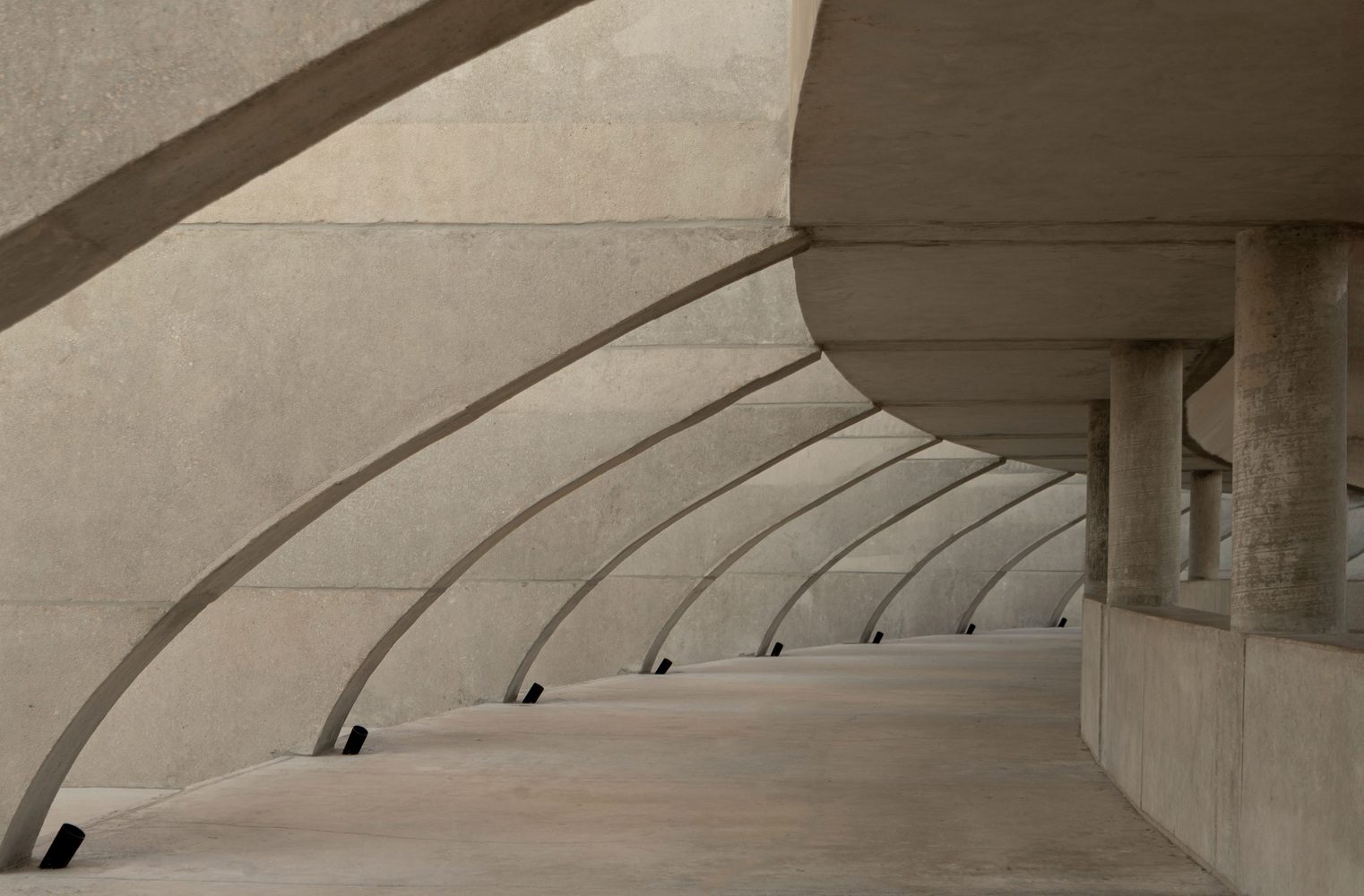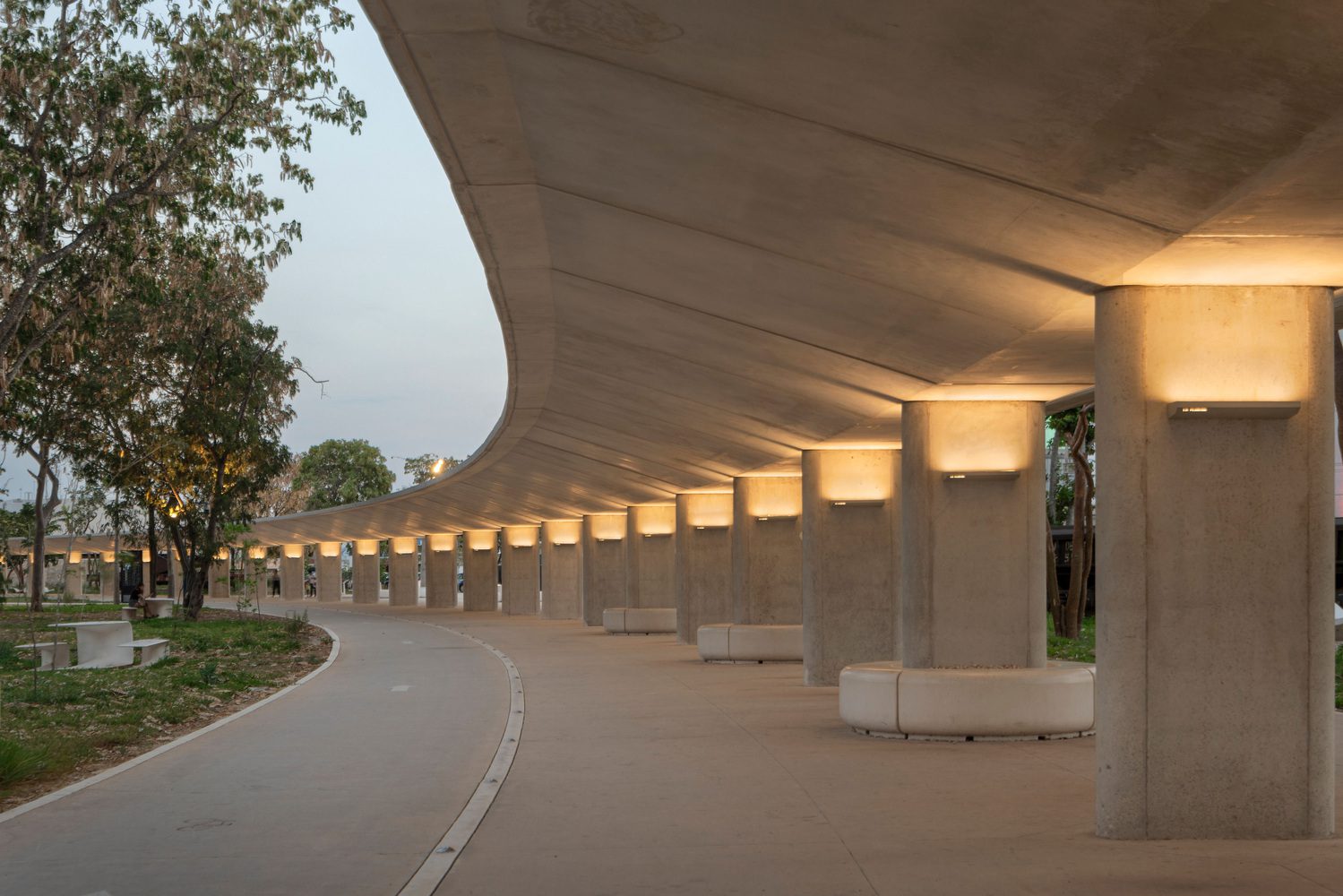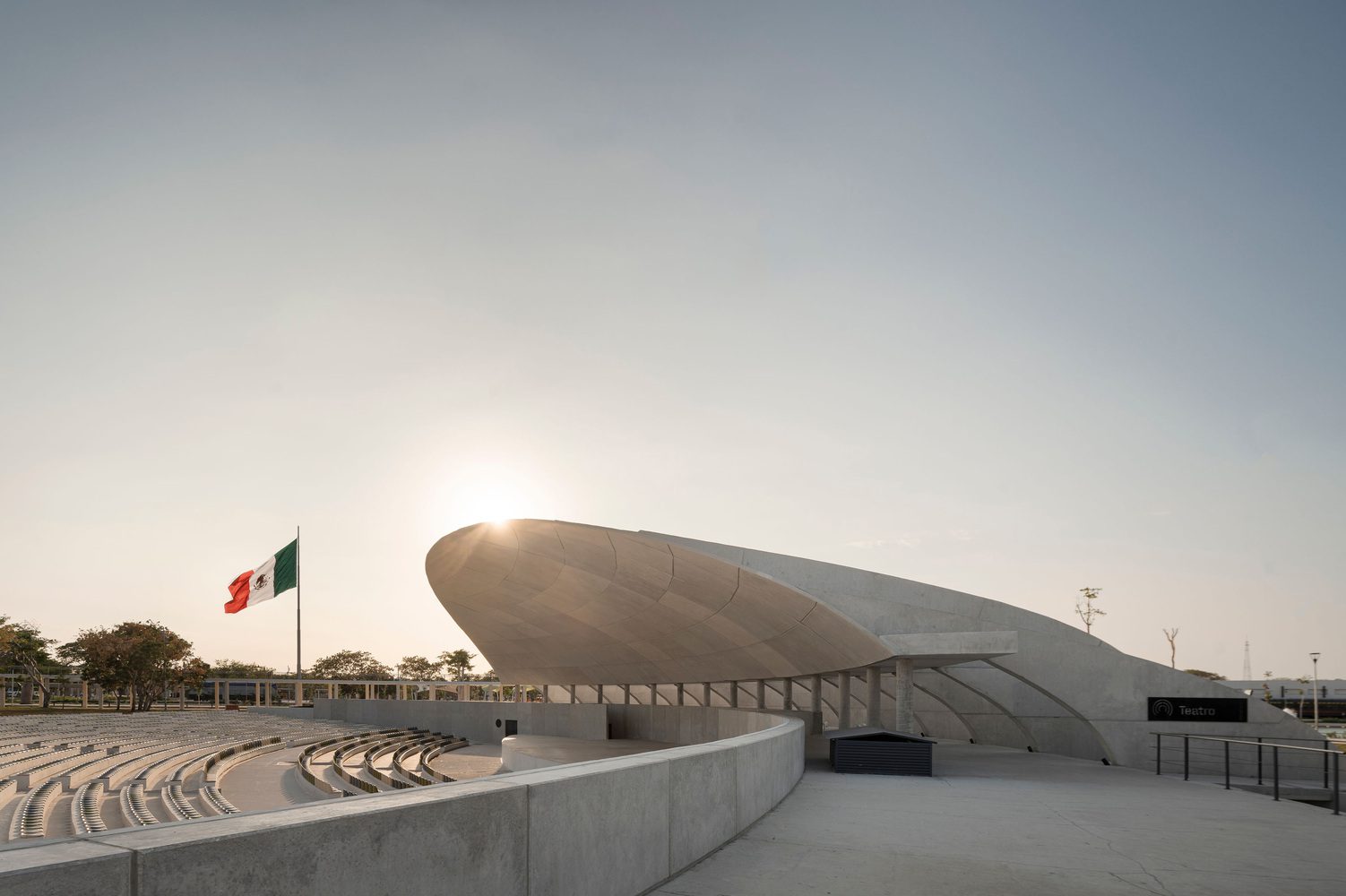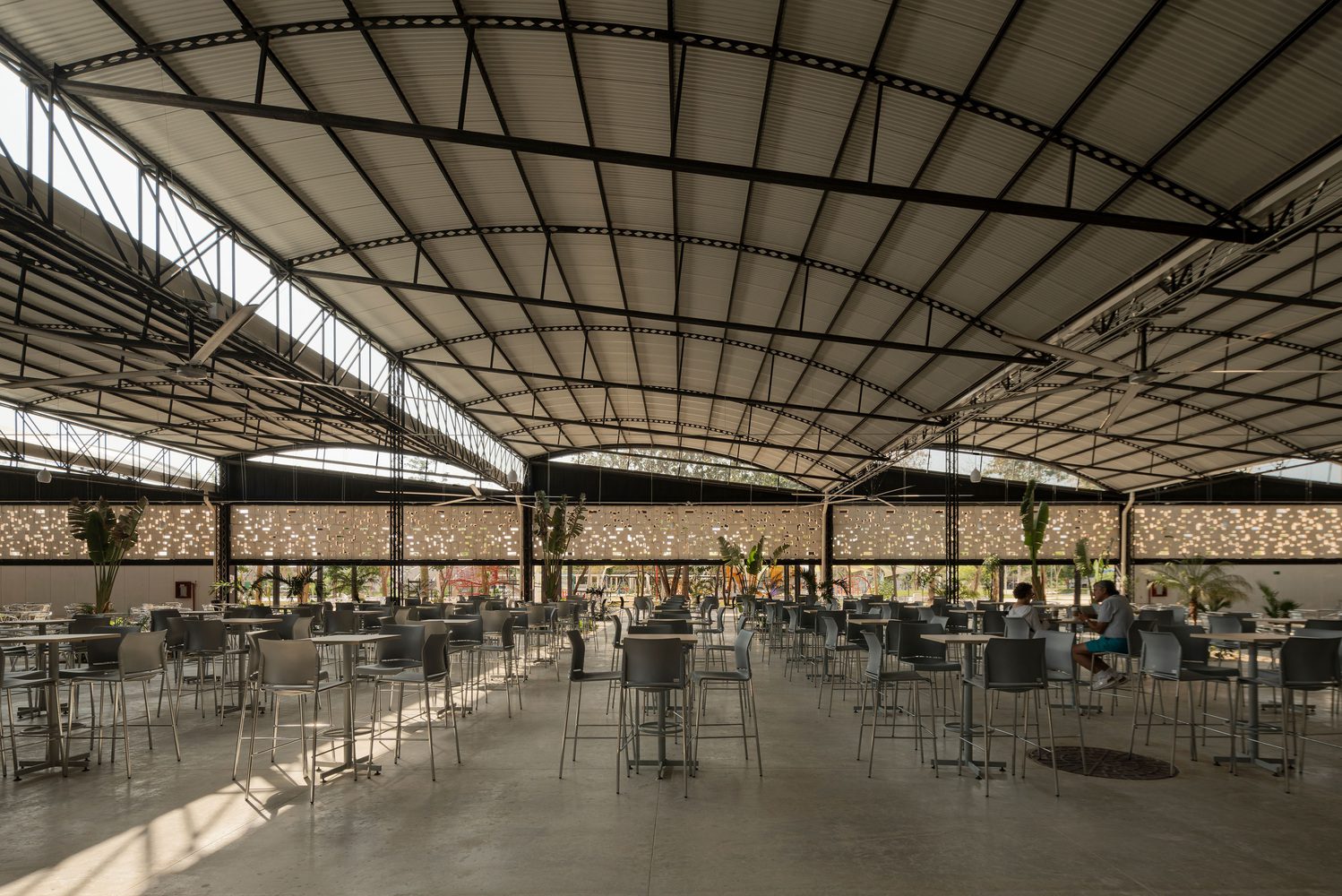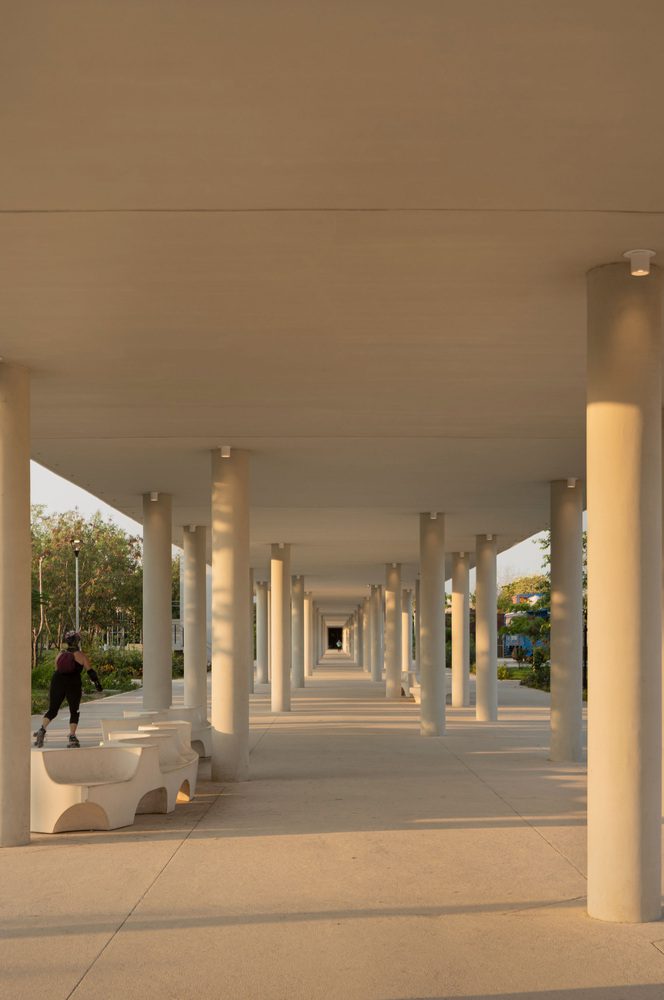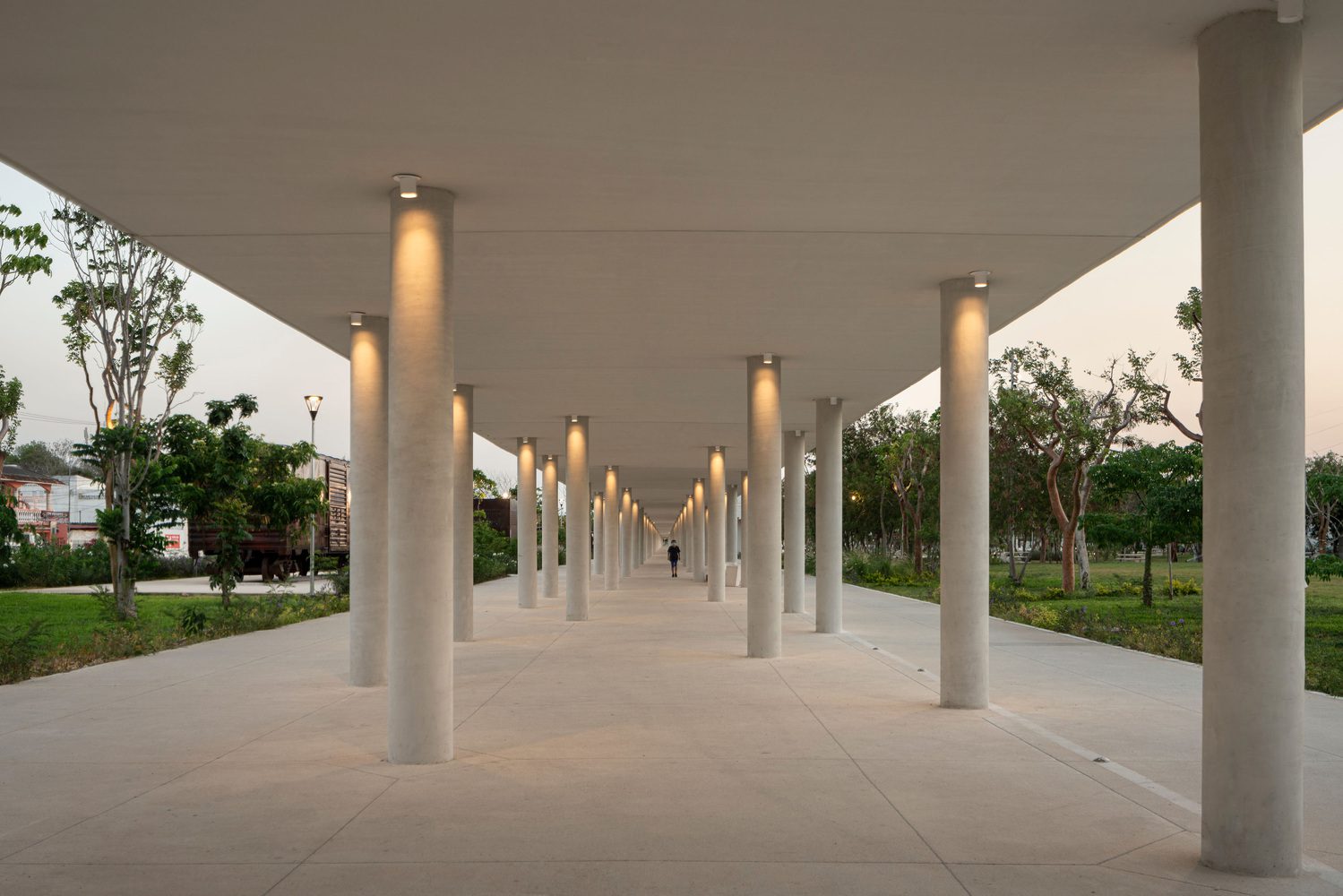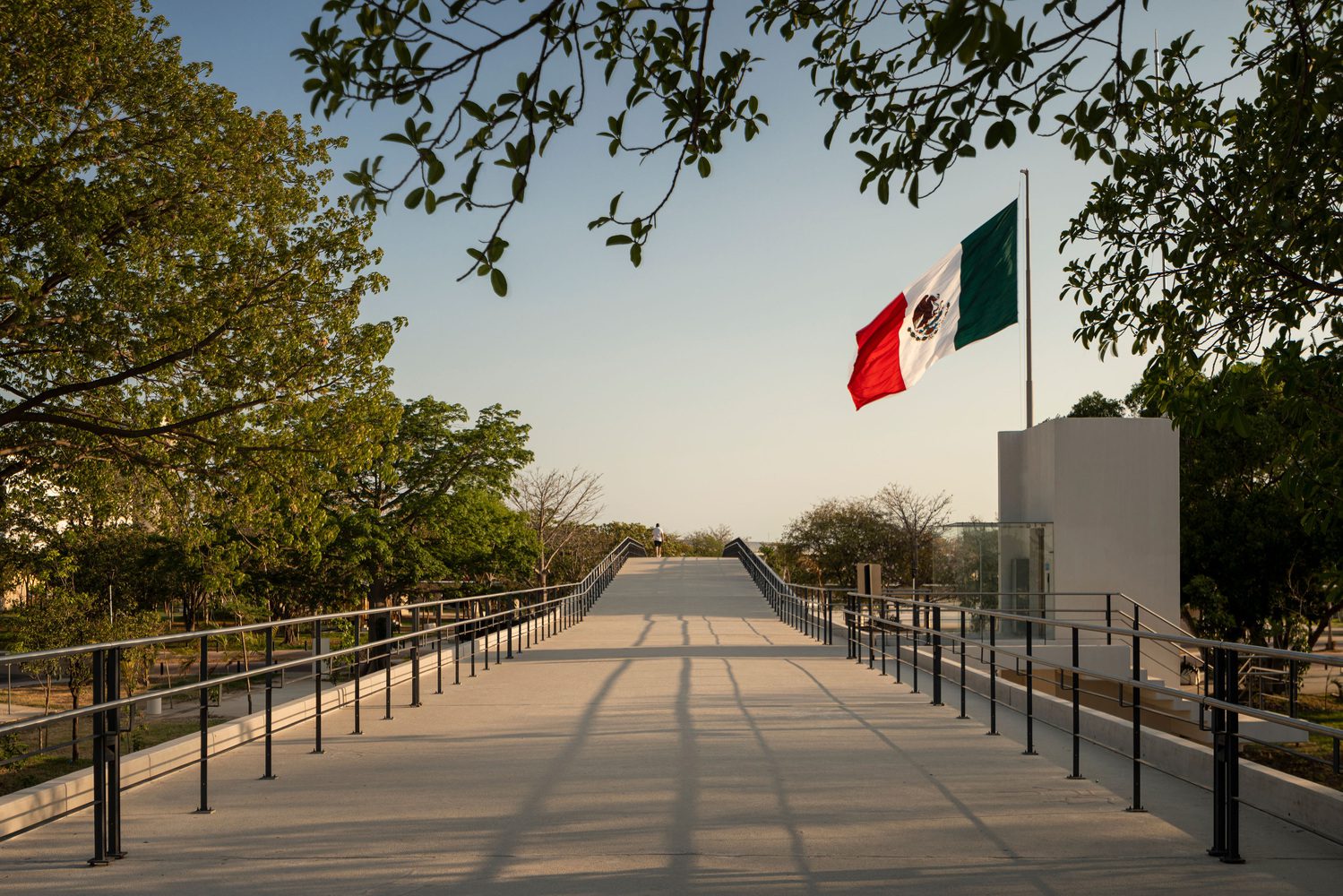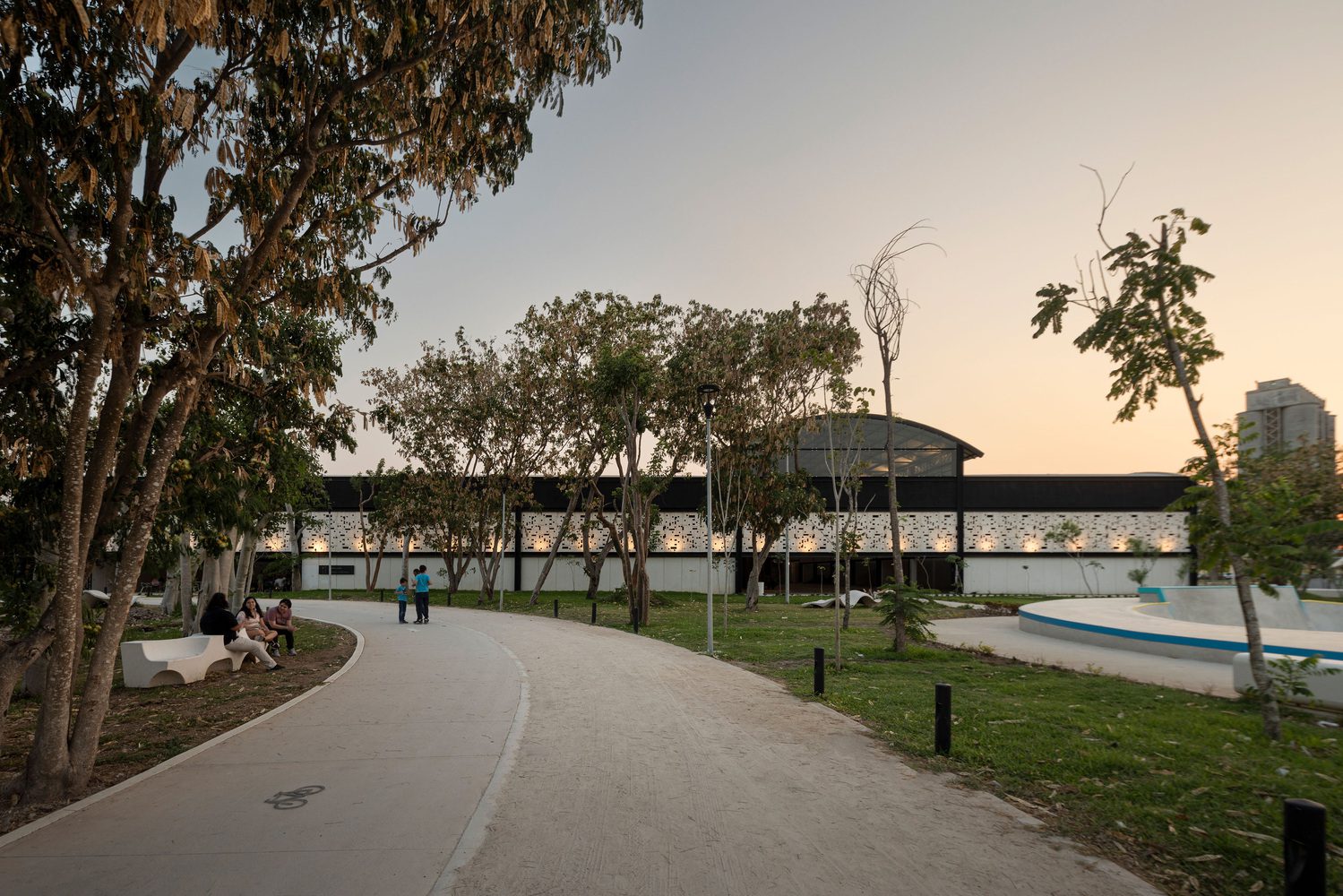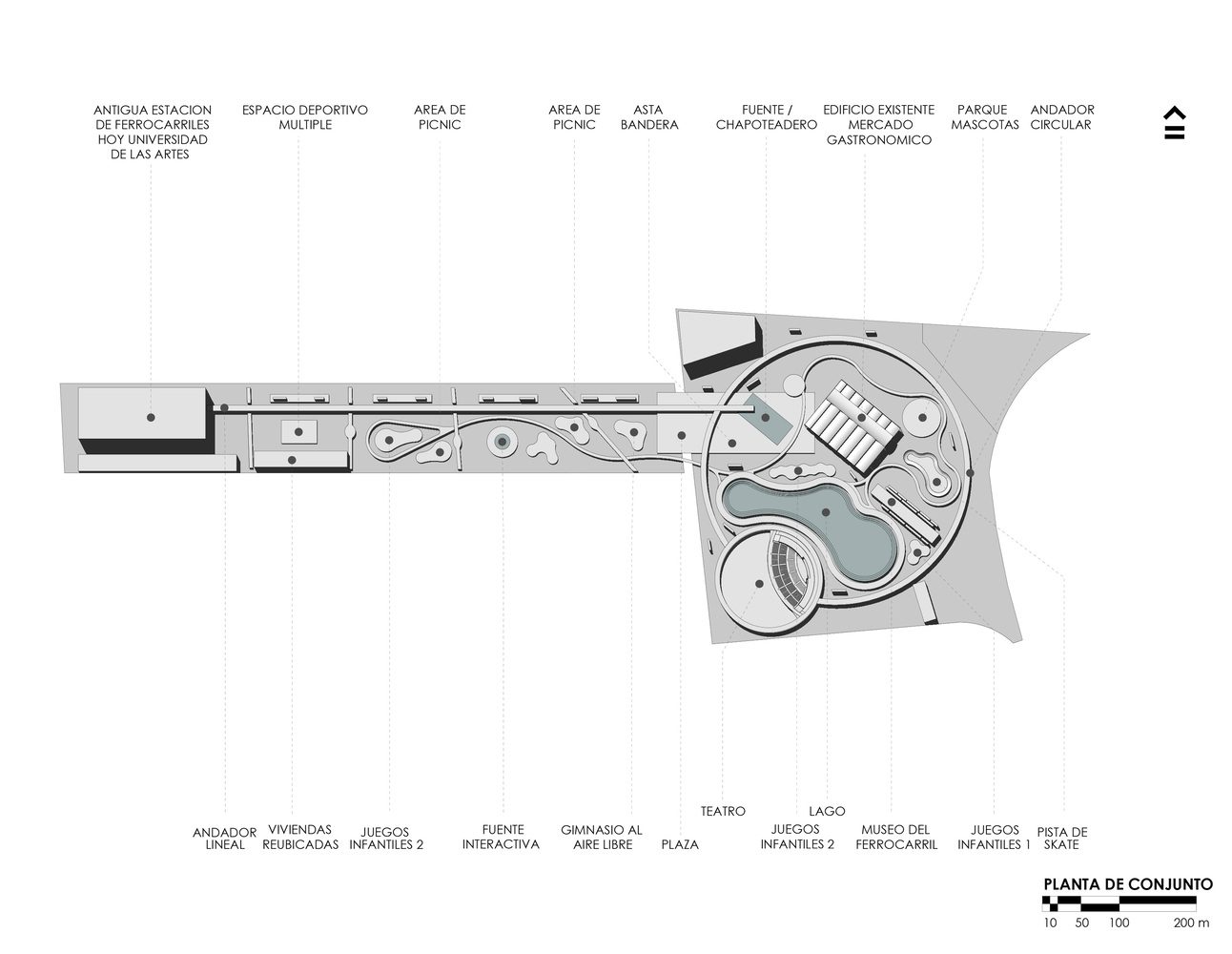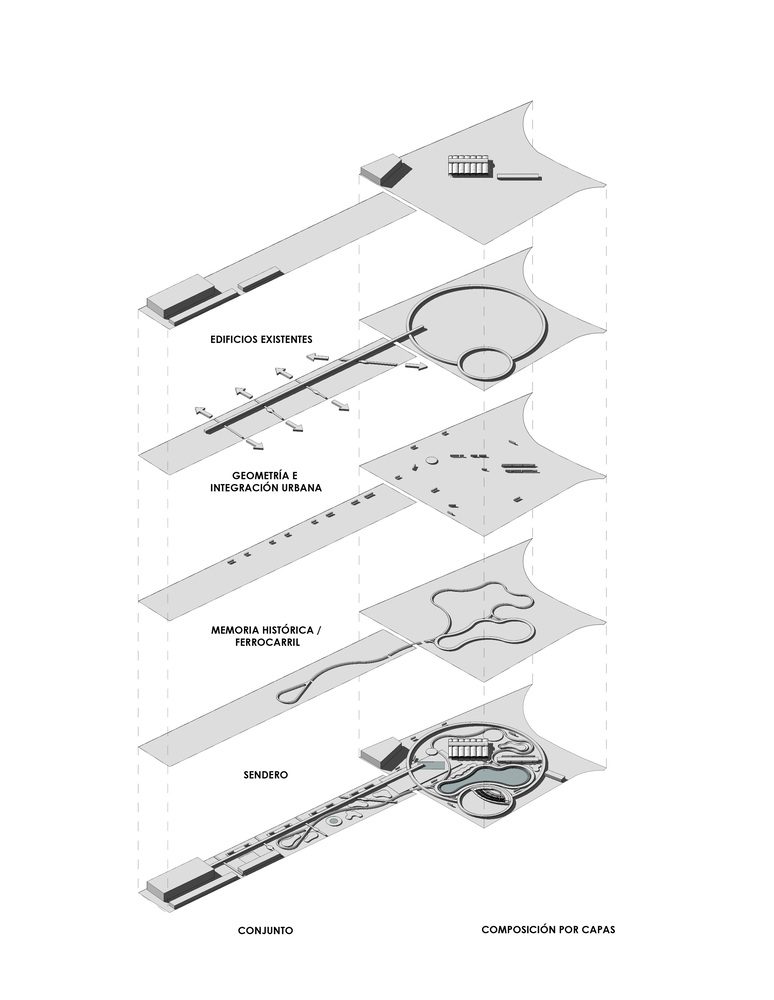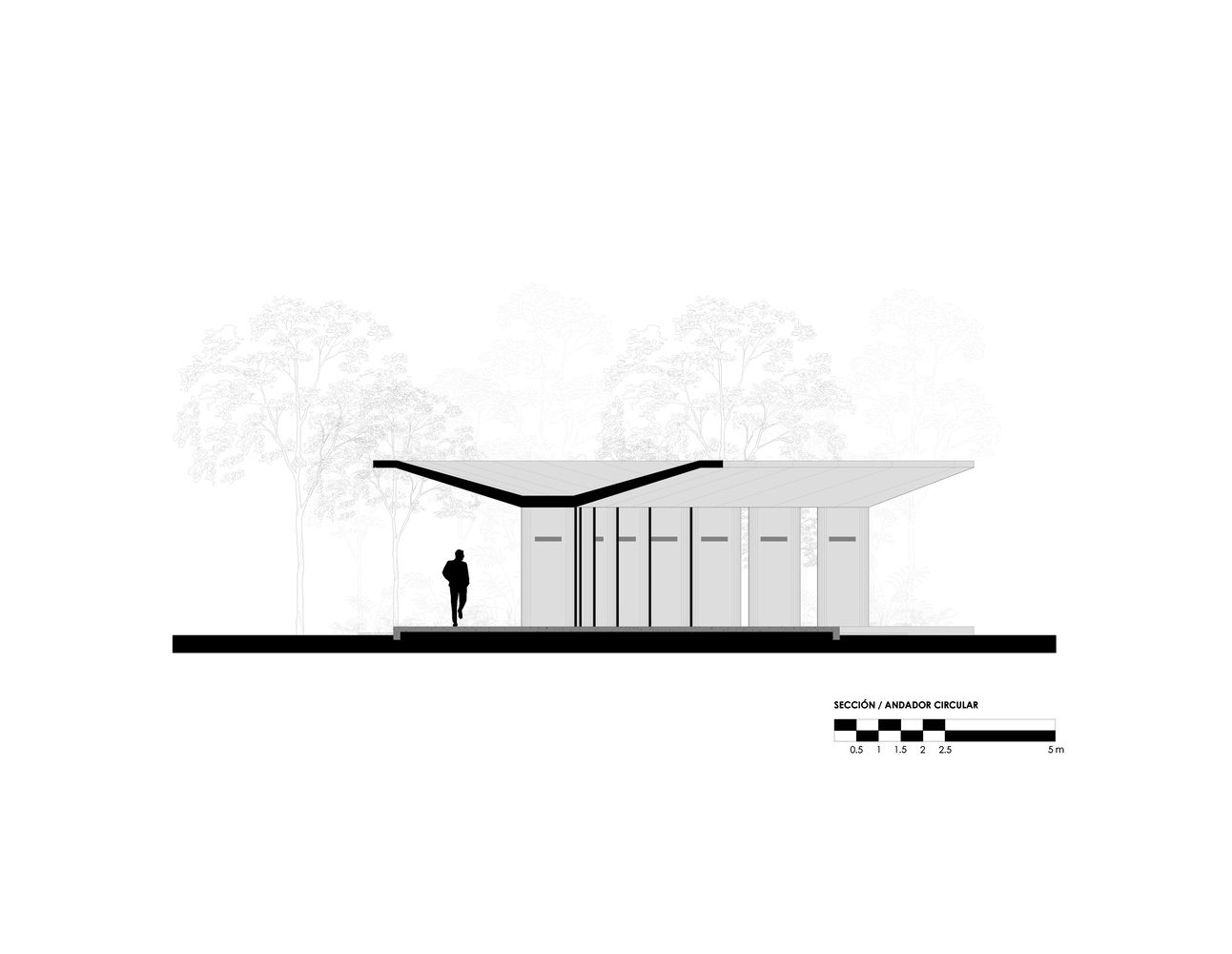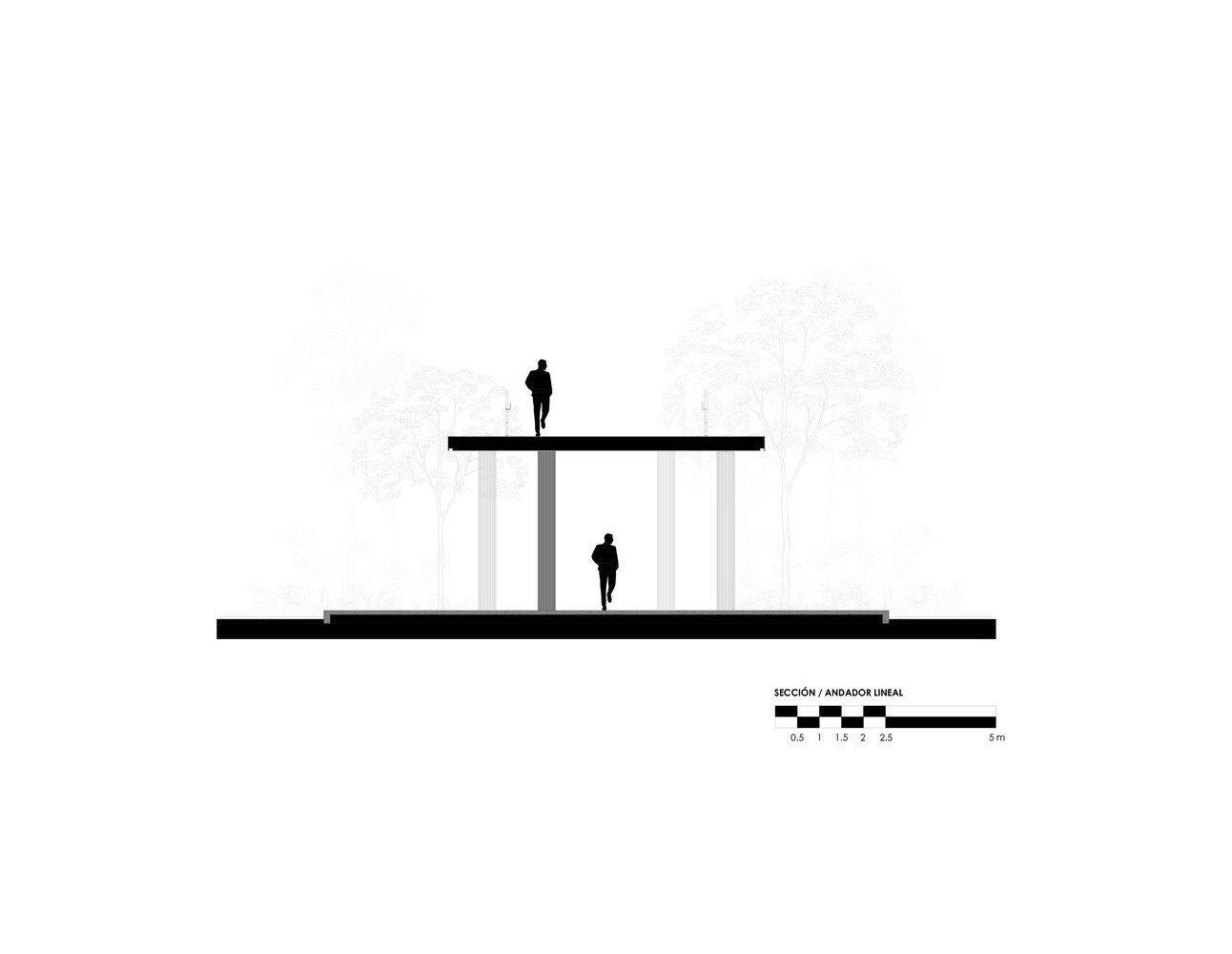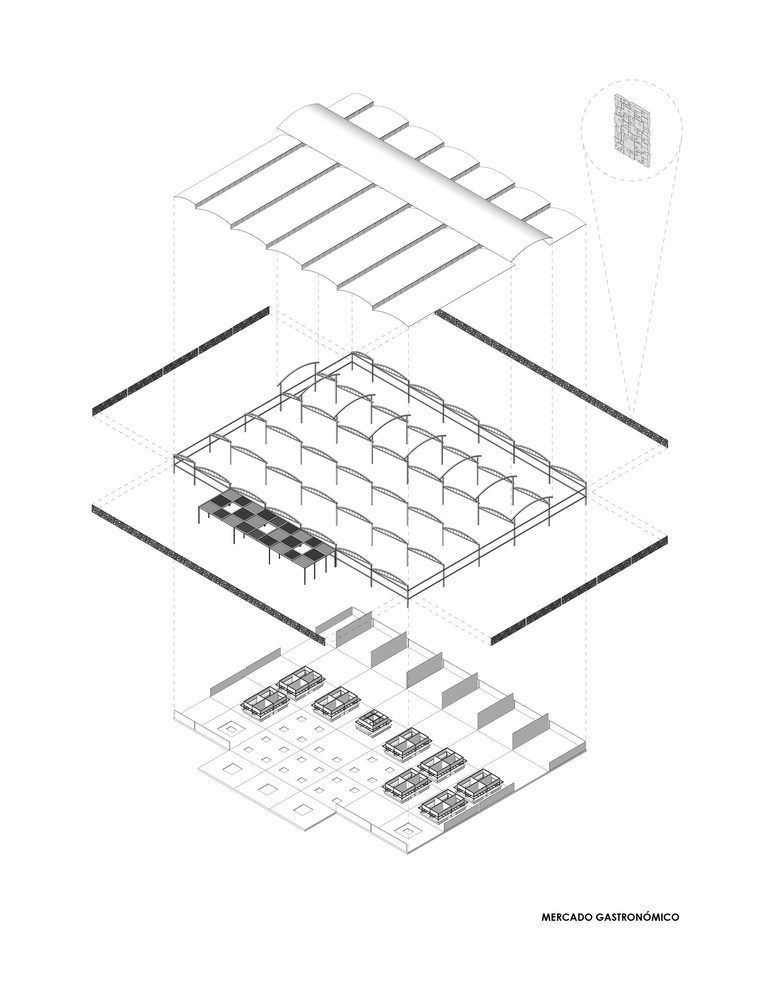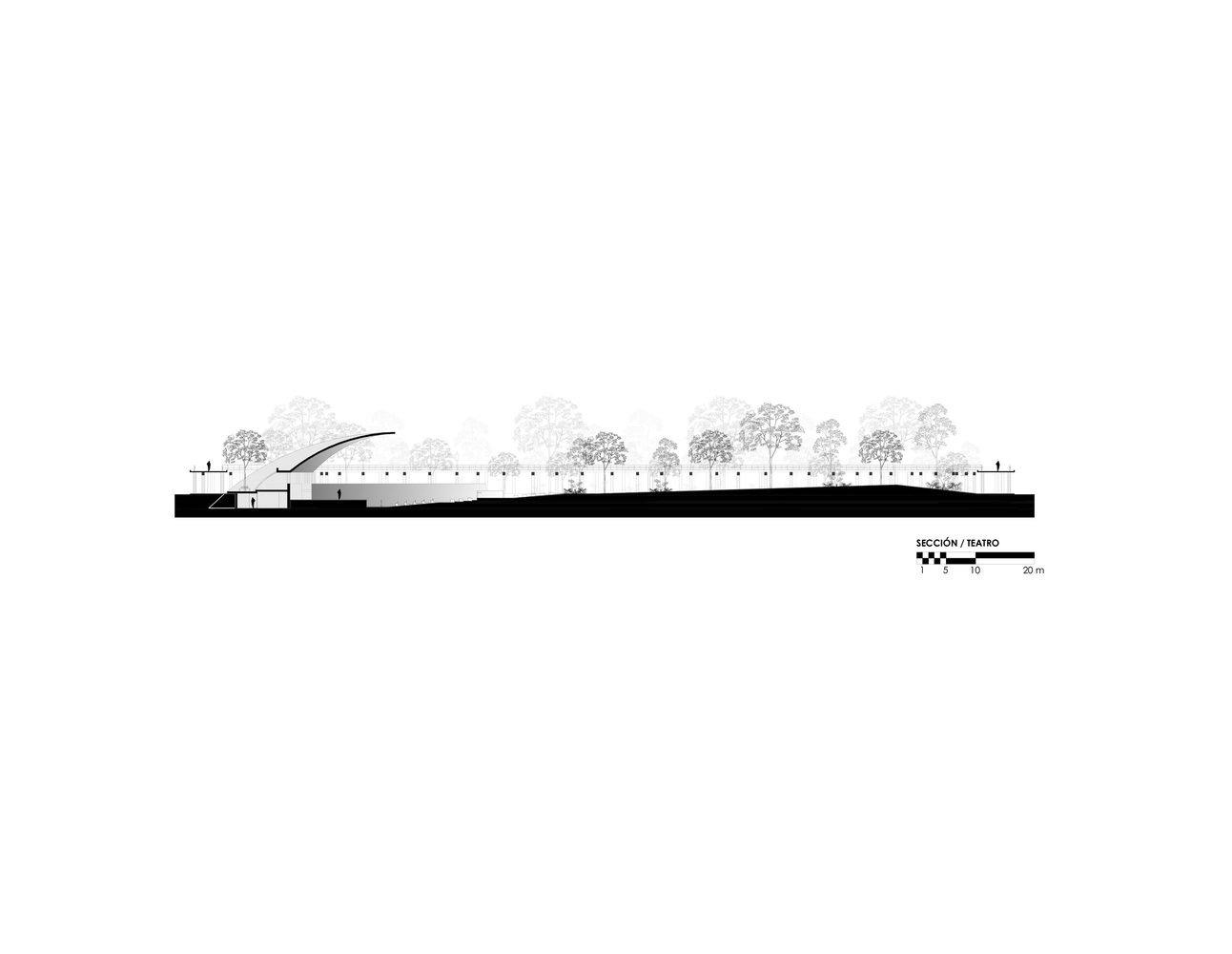El Gran La Plancha Park is located east of downtown Mérida in Yucatán, Mexico, a city renowned for its cultural, artistic, and historical richness. The city’s heart is characterized by colonial architecture in urban landmarks such as its plazas and parks. An example of this is the intervention site, commonly referred to by the population as La Plancha, a Mérida Railway Station from 1920, which stands as a testament to Yucatán’s glorious past, a reminder of the henequen boom, and the transformative impact of the railway in the region.
With the decline of the henequen industry and the rise of new forms of transportation and logistics, the station and its adjacent facilities fell into disuse. The progressive abandonment of these infrastructures has led to the site’s deterioration, transforming a once vibrant symbol into a vacant and perceived unsafe space, seen as a blot on the urban fabric. Its landscape is marked by endemic vegetation that has taken over the historical remnants, turning the area into a veritable railway graveyard.
The historical memory of the former Mérida railway station site and its existing infrastructure represents both a challenge and an opportunity for urban revitalization. With an integrated approach, the proposal aims to transform the area into an example of sustainability and urban resilience, leveraging its strategic location to the east of the city to consolidate and structure a public space integrated into the urban fabric.
Designed with a commitment to environmental sustainability that guides every aspect of the park’s design and operation, the project focuses on conserving biodiversity and efficient resource management. Each decision aims to preserve and restore the region’s unique natural environment. The design of the metropolitan park seeks to harmoniously integrate with the nearby historic neighborhoods harmoniously, reflecting a sense of identity and cultural heritage.
It promotes social interaction and community cohesion by offering inclusive, democratic economic, social, cultural, educational, and recreational services. The concept of “The Power of 10” is applied, which involves envisioning 10 or more destinations to guide the activity program of a public space, attracting a diverse range of people and linking them with similar and complementary activities to create a medium—and long-term program.
The project aims to create a metropolitan park connected to historic neighborhoods, reflecting a sense of identity and cultural heritage. It aims to harmoniously integrate into the social fabric and community cohesion, providing inclusively and democratically economic, social, cultural, educational, and recreational services for the enjoyment of the population, contributing to an improved quality of life.
Project Info:
-
Architects: Muñoz Arquitectos, Quesnel arquitectos
- Country: Mérida, Mexico
- Area: 20000 m²
- Year: 2023
-
Photographs: Cesar Belio
-
Manufacturers: ESCOFET
-
Lead Architects: Javier Muñoz Menéndez, Carlos Quesnel Moguel


